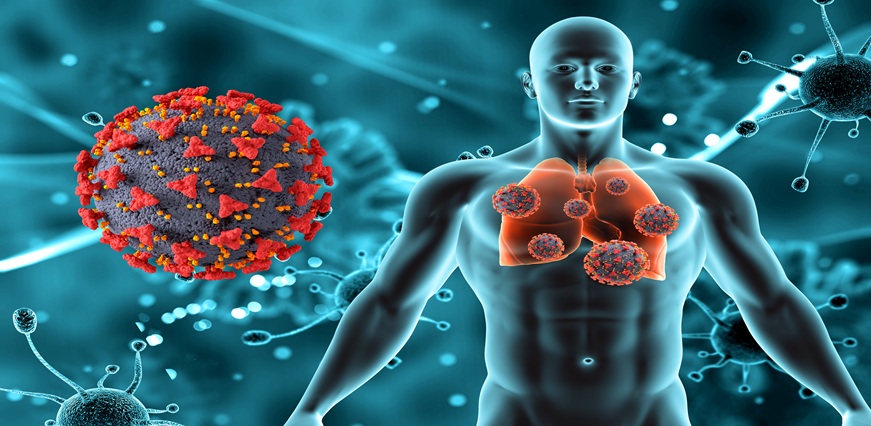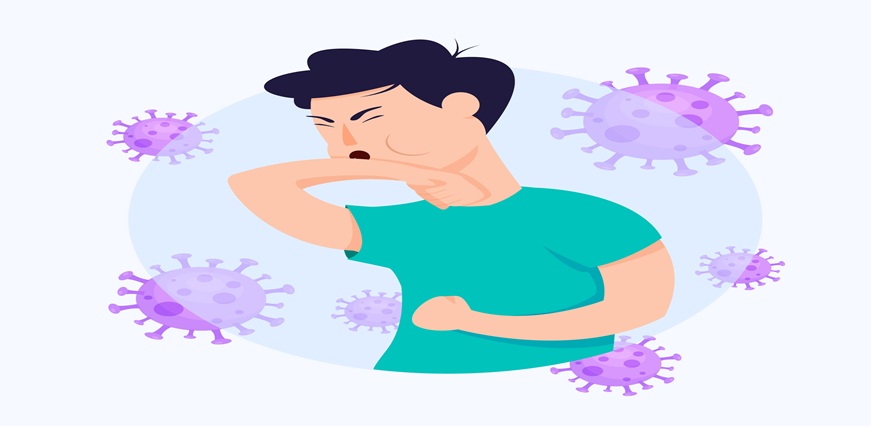Breast cancer starts in breast tissue. It develops in the ducts or lobules of the breast. For successful treatment, it is better to know the signs, causes and stages of breast cancer.
Unusual cell development in certain bodily regions is a hallmark of the group of diseases known as cancer. These cells have the capacity to colonise or spread throughout the body. More than 100 types of cancer have been identified that harm people, depending on where they develop in the body and how they do it.
Breast tissue can develop cancer, which is referred to as breast cancer. Breast cancer typically arises in the lobules that provide milk to the milk ducts and the cells that line those channels. There is a vital hereditary component in five to ten per cent of breast cancer cases.
Did you Know?
Breast Cancer Awareness Month, which is observed every October, aims to increase public understanding of the effects of breast cancer and support those who are affected by it.
Causes of Breast Cancer
Genetic changes or DNA damage are the reasons for breast cancer development. These may be linked to oestrogen exposure, inherited genetic flaws, or hereditary cancer-causing genes like the BRCA1 and BRCA2 genes.
When a person is fit and healthy, their immune system fights against any growths or DNA that are aberrant. This does not occur in cases of cancer.
As a result, breast tissue cells grow uncontrolled and do generally not perish. This uncontrolled cell development eventually develops into a tumour that starves the nearby cells of nutrition and energy.
What are the Various Types of Breast Cancer?
Inflammatory Breast Cancer
An uncommon but deadly form of breast cancer is inflammatory breast cancer (IBC). IBC accounts for 1 to 5% of all breast cancer instances, according to the National Cancer Institute (NCI).
This condition prevents the lymphatic capillaries in the breast from adequately draining because cells obstruct the lymph nodes close to the breasts. IBC makes your breast expand, look red, and feel very heated rather than causing a tumour. Your breast may resemble an orange peel, with thick, pitted skin.
IBC has a reputation for being aggressive and moving rapidly. This is why it's crucial to call your doctor as soon as you have any symptoms.
Triple-Negative Breast Cancer
Another uncommon disease type is triple-negative breast cancer. As per the American Cancer Society (ACS), only 10 to 15 per cent of breast cancer patients experience it.
A tumour must show all three of the following traits to be classified as triple-negative breast cancer:
1. Oestrogen receptors are absent. These are oestrogen receptors on the cells, which bind to or connect to oestrogen. Oestrogen can encourage cancer to spread if a tumour possesses oestrogen receptors.
2. Progesterone receptors are absent. These cells have receptors that attach to the progesterone hormone. Progesterone can encourage the growth of cancer if the tumour possesses progesterone receptors.
3. Its surface does not include any extra human epidermal growth factor receptor 2 (HER2) proteins. A protein called HER2 promotes the spread of breast cancer.
A tumour is triple-negative breast cancer if it satisfies these three requirements. This one tends to develop and spread faster than other breast cancer kinds.
Different Stages of Breast Cancer
The two factors that a doctor uses to define the stage of breast cancer are how big or small the tumour is and whether it has expanded to lymph nodes or other body regions.
Breast cancer can be staged in a variety of ways. Stages 0 through 4 are included in one, with subcategories for each level. Here is a description of each of these critical phases. Substages can reveal details about a tumour, including the presence or absence of the HER2 receptor.
Stage 0: It's also known as ductal carcinoma in situ. The malignant cells have not spread to the nearby tissues and are contained solely inside the ducts.
Stage 1: The tumour can be up to 2 centimetres (cm) wide at this point. There are either no afflicted lymph nodes or a few cancerous cells in a few lymph nodes.
Stage 2: The tumour is 2 cm in diameter and has begun to spread to the lymph nodes nearby, or it is 2–5 cm in diameter but has not yet done so.
Stage 3: Either the tumour is larger than 5 cm and has spread to a few lymph nodes, or it is less than 5 cm and has spread to multiple lymph nodes.
Stage 4: It is the most advanced stage of breast cancer also called metastatic breast cancer, when cancer has spread to remote organs, typically the lungs, liver, bones, or brain.
Therefore, early detection is crucial when it comes to breast cancer treatment choices. Moreover, a person's breast cancer treatment choices and overall prognosis are also influenced by their cancer type.
Symptoms and Signs of Breast Cancer
A breast lump, a breast region with thicker tissue, or an area of thickened tissue in the armpit are frequently the early symptoms of breast cancer.
Additional signs include:
- Breast or armpit discomfort is not affected by the menstrual cycle.
- colour alterations such as redness in the breast skin or pitting, resembling the orange's surface,
- a rash on one nipple or surrounding it
- nipple discharge that may or may not be bloody
- an inverted or sunken nipple
- a change in the breast's size or shape
In the early stage of breast cancer, the nipple skin or breast starts scaling, flaking, or peeling of
Treatment for Breast Cancer
Surgery
The most involved surgical procedure for localised breast cancer is the removal of the breast and lymph nodes beneath the arm. A lumpectomy or breast-conserving surgery is the medical term for removing a portion of the breast. Typically, radiotherapy is advised following breast-conserving surgery. The complete removal of a breast is called a mastectomy.
Chemotherapy
Before surgery, if there is a significant danger of the cancer returning, or if cancer reappears following treatment with radiation or surgery, chemotherapy may be given to help decrease the tumour. It may also be administered if the malignancy is HER2 positive or does not respond to hormone treatment.
Radiation Treatment (radiotherapy)
After breast-conserving surgery, radiation treatment (also known as radiotherapy) is advised to help eradicate any cancer that goes unnoticed. Additionally, it is advised if lymph nodes from beneath the arm are removed and there is a chance that cancer will return there. If there is any chance that cancer will spread to the chest following a mastectomy, radiation treatment may occasionally be performed.
Hormone Treatment
Drugs are used in hormone treatment to lower the body's levels of female hormones—this aids in stopping or slowing the proliferation of cancer cells that express hormone receptors. Your age, the kind of breast cancer, and whether or not you've gone through menopause will all affect the type of hormone treatment you receive.













 7982100200
7982100200























 To reach our help desk call 9213188888
To reach our help desk call 9213188888.png)
Comments